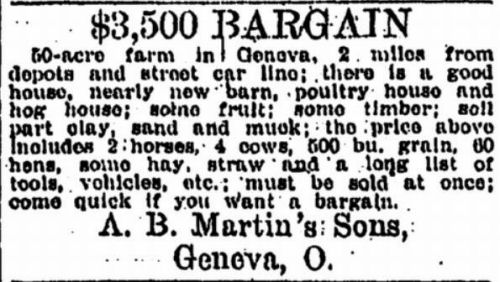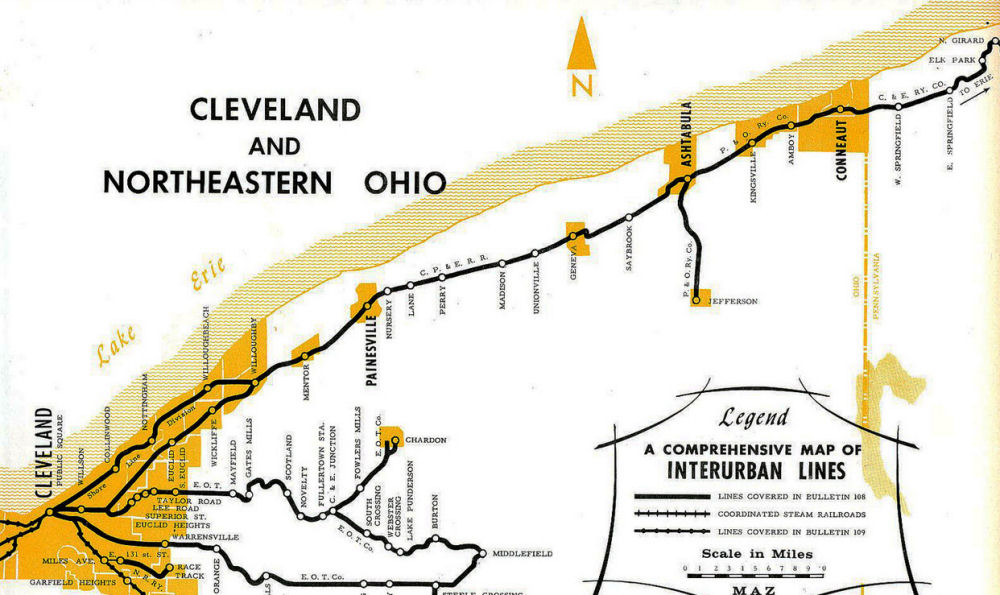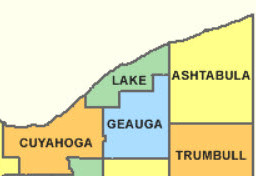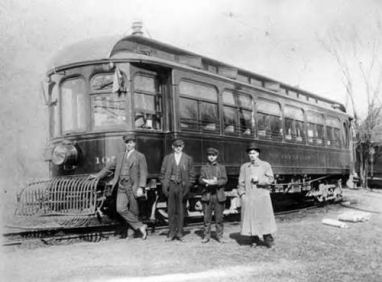|
|
|
||||
|
|||||
|
How this story came to be One story
often leads to another. In March 2016 I met with
Rabbi Stephen Weiss
of B'nai Jeshurun
Congregation about its 150th
anniversary.
He mentioned that a video history was in
progress and I might wish to meet its producer
Todd Kwait.
A week later I was admiring the historic photograph shown above. It was in the home of Judith Orkin Rosenthal. That's how I was led into the story of this close-knit and now lost group of Jewish farmers in Northeast Ohio. These pages now tell the story of the 1928 and 1929 picnics that they hoped would strengthen their community, the gift Rabbi Silver made and the Flock farm, the site of the picnic. There is also a "learn more" page with links to more about the farmers. Arnold Berger editor |
|
Jewish agricultural colonies in the United States (read an entry in the 1906 Jewish Encyclopedia).) They were supported by Jewish philanthropists who hoped to see Jews return to the land, and not all settle in the crowded cities. Maurice de Hirsch, who had made his fortune with the Orient Express, was the primary benefactor. Starting before World War I, Jewish farmers came to Ashtabula, Lake and Geauga County in northeast Ohio. Their center was in Geneva Ohio, about 50 miles east of Cleveland. These settlers organized a group called the Northeast Ohio Jewish farmers and the Geneva Jewish Farmers. Concord grapes were a major crop. Geneva Ohio is still the home of the Ohio Wine Producers. |
|
|
|
below:
Medina Ohio interurban car about 1910 |
|
|
| below: Advertisement Plain Dealer November 1911 |
 |

|
Interurban lines ran electric powered streetcars, modified to serve far outside city limits. As shown in the 1910 photo of a Medina interurban, they could be equipped to move obstacles and animals off the track. Many had wider doors and space inside for freight. Geneva was a stop on the interurban when they were important in the 1920s. On them people, produce, even chickens, could move from farm to town or city. Farm families could shop in Cleveland; on a large purchase the merchant might pay the cost of the trip. With the great increase of car ownership in the 1920s and building of public highways, interurbans soon went out of business. A note to historically-minded Clevelanders: when you get on a light rail line such as the Shaker Rapid or a "rapid" from downtown to the airport, remember the interurbans. Prelude
Jewish families came to Northeast Ohio,
buying farm land with financing backed by Jewish
philanthropists, The picnics of 1928 and 1929 Today we would call the 1928 "banquet" held at the farm of Meyer and Slova Flock on Labor Day, Monday September 3, 1928 the "kick off" event in a fund-raising campaign. Jewish Agricultural Society (JAS) officials were there. Rabbi Abba Hillel Silver of The Temple was the honored guest. The "second annual picnic" was also on the Flock farm, but it was moved to Independence Day, Thursday, July 4, 1929. It included a bazaar that ran through Sunday July 7. Rabbi Barnett Brickner of the Euclid Avenue Temple spoke.
•
See our
page on both picnics. The 1930s After the 1929 picnic publications say little about the Jewish farmers. In 1932 they hired an Orthodox rabbi for part-time teaching and to lead High Holy Day services. This may have used funds raised at the picnics. There is no further mention of the Farmers Association or its campaign. It may have been a casualty of the Depression and a sign of community decline as its children departed for college and many families left for city life. Conclusion After World War II Cleveland's Jewish newspapers carry reports of life cycle events of the children of the Jewish farmers and the accomplishments of some of them. There are no stories of an active community, only tales looking back. In 1990 and 1992 we have reports of reunions organized by the children of these Jewish farming families. |
|
|
|
Jewish
Farmers Mortgages in Harpersfield Township, Ohio Through Jewish Agricultural & Industrial Aid Society New York From Ashtabula County Mortgage Index Harpersfield Township 1908 - 1931 Volume 3 pp 195-197 Compiled by Edward Bolte July 2017 |
| Name |
Date |
Lots |
| M & W Atkin | October 29, 1908 | 121,122,123 |
| Emil Roth | March 17, 1909 | 126,127,128 |
| A & J Trenish | July 2,1909 | 139, 155,156 |
| A Cohn | July 22, 1909 | 36,20 |
| M & Charles Efros | August 30, 1909 | 143 |
| Moses Pollock | March 30, 1910 | 46,47,48 |
| Morris Metz | February 8, 1913 | N/A |
| Joseph Golomb | May 13, 1913 | 139,155,156 |
| Isadore E Roth | September 24, 1913 | 126,127,110 |
| Sam & Bessie Samaler | March 30, 1915 | 143 |
| Elias & Eleanor Landskroner | December 17, 1915 | 112, 128 |
| Ben & Sonia Goldenberg | January 27, 1916 | 57, 56 |
| Meyer & Slova Flock | July 13, 1917 | 73 |
| Charles & Dora Goldstein | December 26, 1916 | 159,160 |
| Ike & Lena Gittlin | April 28, 1917 | 157 |
| A.H S S & Bessie Katz | June 4, 1917 | 157 |
| A & Hattie Sherman | January 24, 1918 | 31 |
| B. & Eva Williams | June 21, 1918 | 57, 56 |
| B & Rosa Volk | August 6, 1918 | 72, 88 |
| M & Dora Klein | August 28, 1918 | 139, 140 |
| Samuel Kroner | December 31, 1918 | 47, 48 |
| A H & Felicia Simonelli | October 8, 1919 | 57, 56 |
| Marian Pressman | October 11, 1920 | 57, 56 |
| J E & Rose Rose | October 26, 1920 | 51 |
| Lena & David Brown | October 31, 1921 | 14 |
| P & Liba Edelberg | January 2, 1922 | 22 |
| Harry Goldberg | April 26, 1922 | 131 |
| Sam & Jennie Eisenberg | November 9, 1922 | 14 |
| Louis Anna & Morris Brody | December 18, 1923 | 47, 48 |
| Lillie & H. Charkoff | December 14, 1926 | 145,146,147 |
| W H & Carrie Walker | December 14, 1926 | 156 |
| Esther Garschuster | June 2, 1927 | 32 |
| Jacob Wyman | August 30, 1927 | 73, 89 |
| More on these pages |


